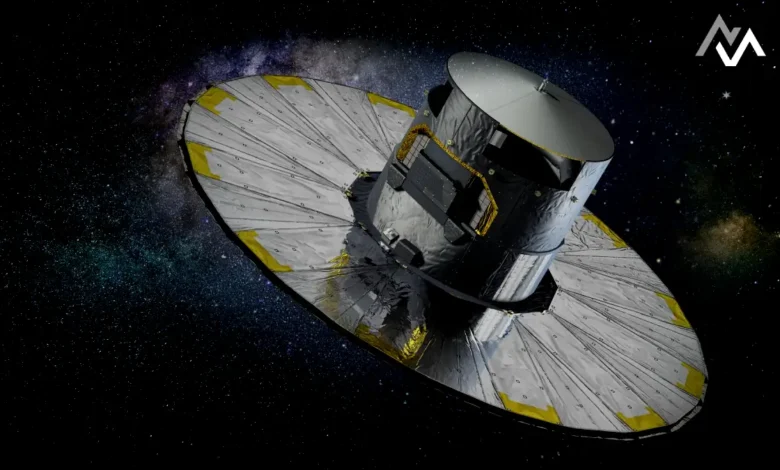Unveiling the Cosmos: ESA’s Gaia Space Telescope Discovers 358 Asteroids with Hidden Moons

The European Space Agency’s Gaia Space Telescope has achieved a remarkable feat in the realm of astronomy. In its ongoing mission to explore the vast expanse of our solar system, Gaia has identified an astonishing 358 asteroids that are accompanied by hidden moons. This groundbreaking discovery opens new avenues for understanding the dynamics of celestial bodies and their formation processes.
Gaia, launched in 2013, is designed primarily for astrometry, which involves measuring the positions and motions of stars with unparalleled precision. However, its capabilities extend far beyond this initial objective. By meticulously analyzing the light reflected from these asteroids, Gaia has revealed their complex structures, including the presence of moons that were previously undetected. This advancement is pivotal as it enhances our knowledge of binary systems in space, where two celestial objects are gravitationally bound to each other.
Among the discovered asteroids, several intriguing candidates stand out. These bodies not only provide insight into the characteristics of asteroids but also offer clues about the conditions prevalent in the early solar system. The presence of moons can significantly affect the orbits and stability of these asteroids, thus playing a crucial role in their evolution.
This discovery also holds implications for planetary defense. Understanding the properties of asteroids and their satellites can aid scientists in predicting potential threats to Earth. As researchers continue to analyze Gaia’s data, the potential for new findings remains vast, with implications for both fundamental science and practical applications.
In conclusion, the identification of 358 asteroids with hidden moons by ESA’s Gaia Space Telescope marks a significant milestone in our quest to comprehend the cosmos. These findings not only enhance our understanding of asteroids but also contribute to broader discussions about the formation and dynamics of celestial bodies.




